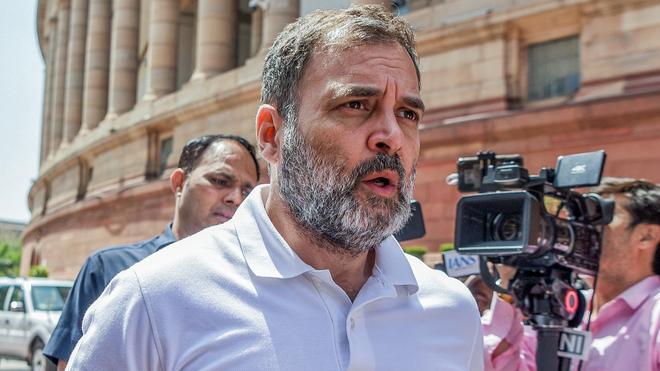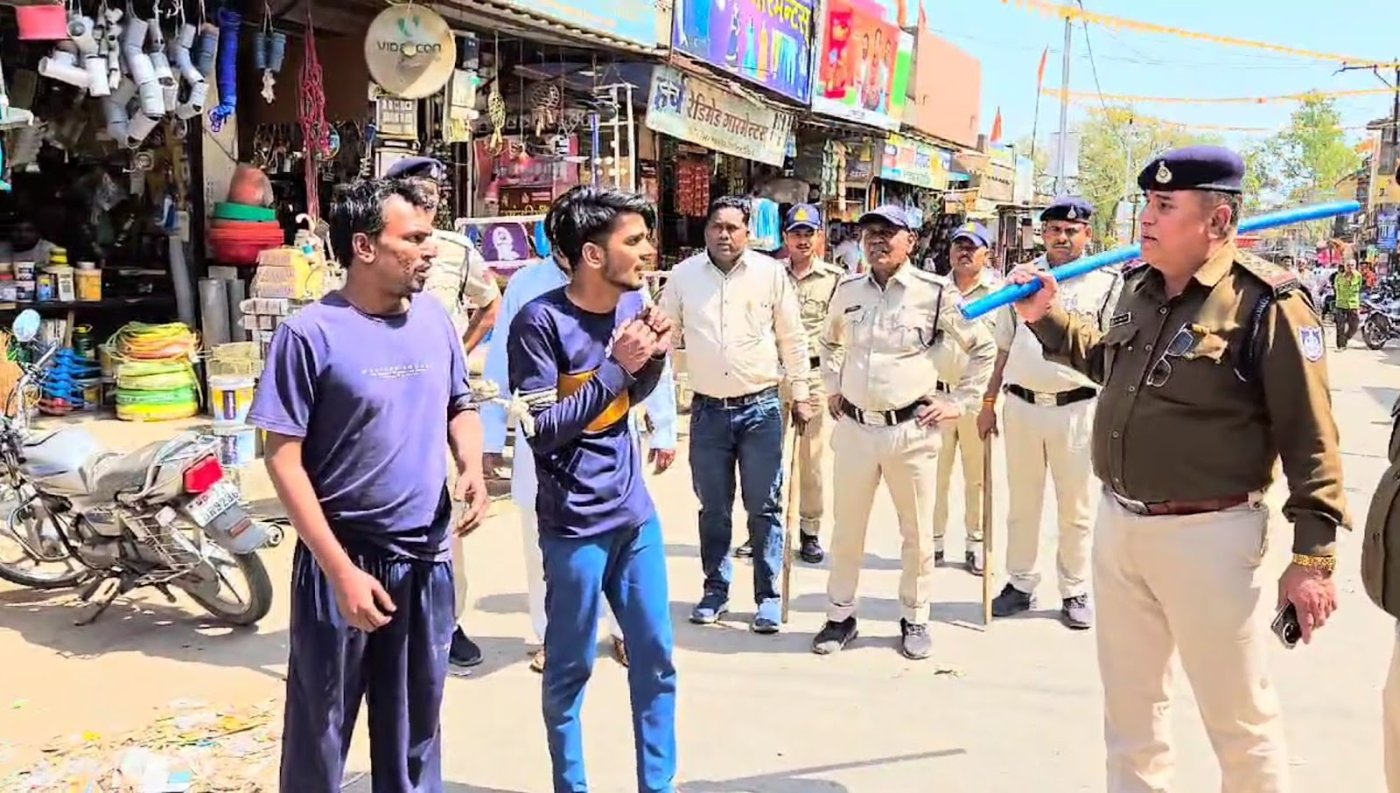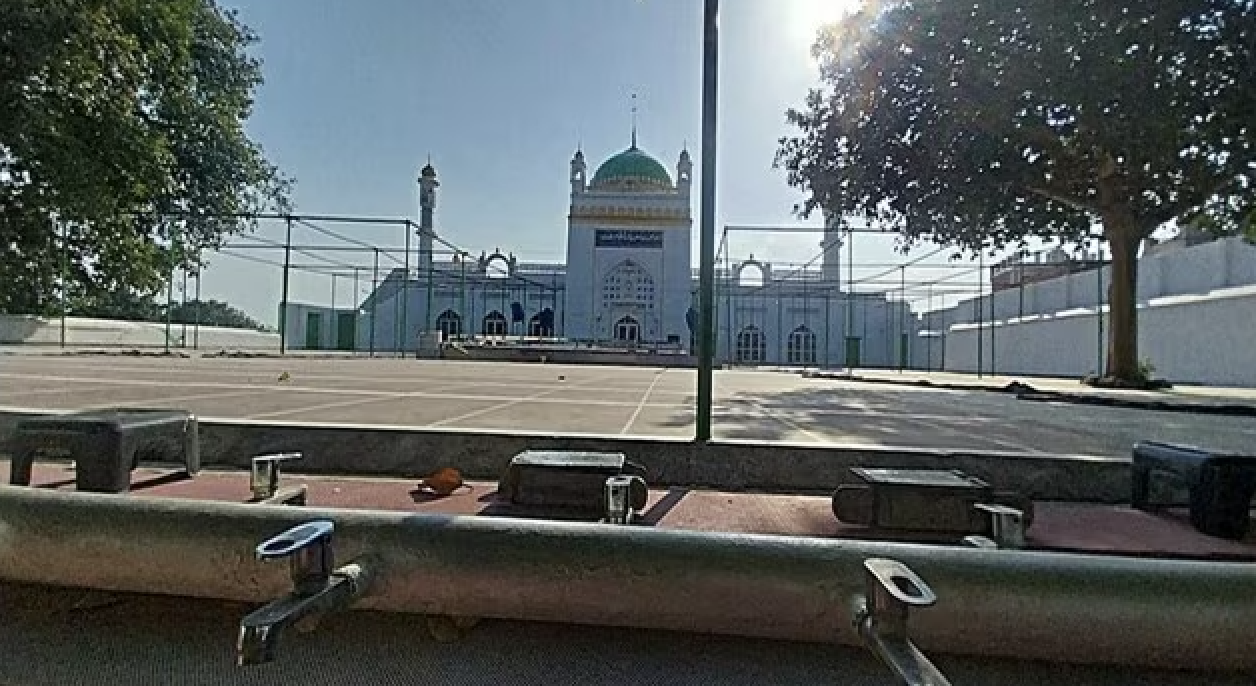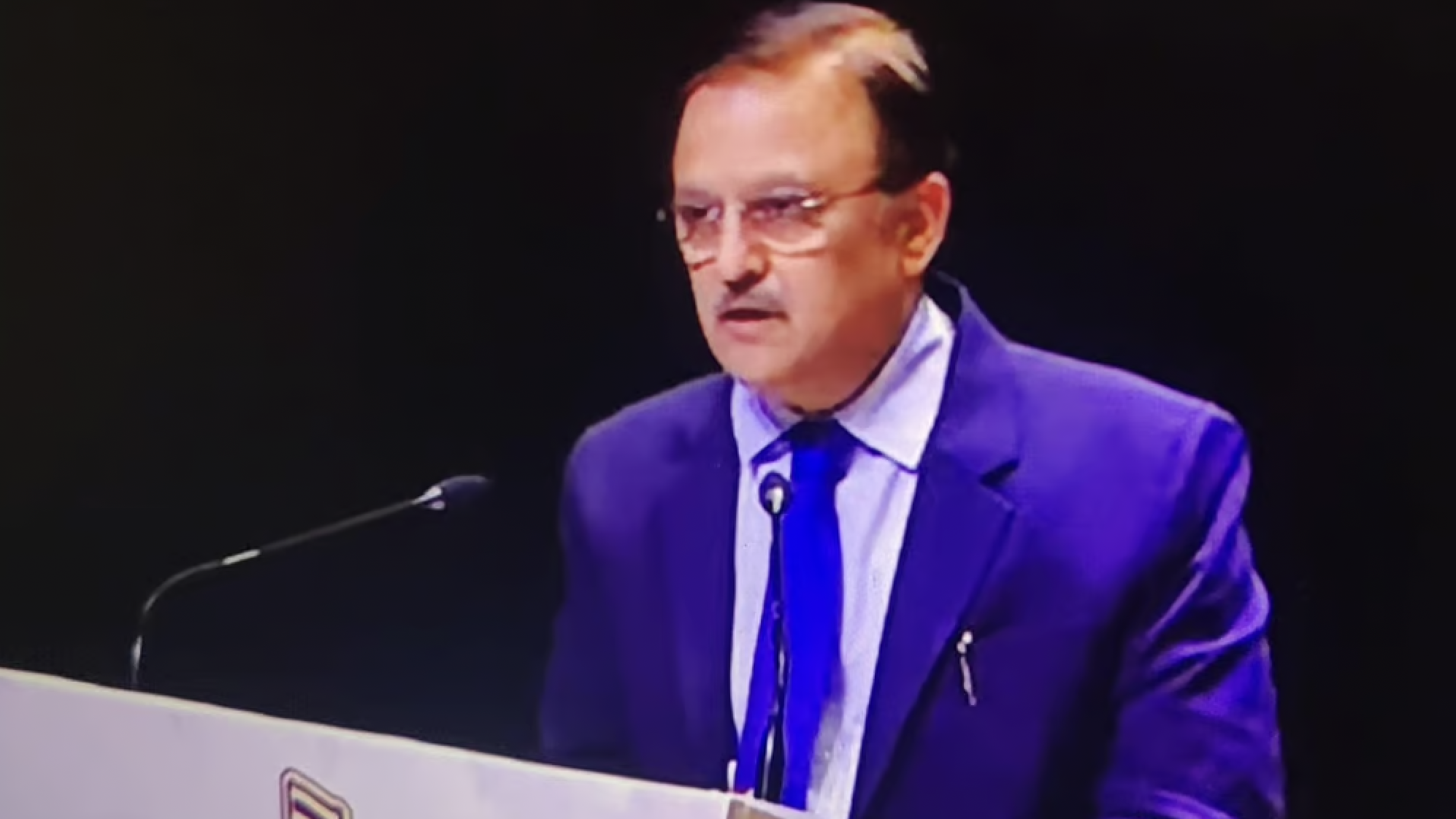
By Shivasundar , Vartha Bharati
A recent announcement by the BJP government in Karnataka to build a grand theme park at the premises of the Bangalore International Airport commemorating the regime of Kempegowda, a Vokkaliga feudatory of the 16th century, a figure widely believed to be the founder of Bangalore city, is one more attempt by the Bharatiya Janata Party (BJP) party to woo the elusive Vokkaliga voters who are estimated to constitute almost 14% of the state’s population.
The strategy is obvious. Though the BJP has emerged as a major contender for political power in Karnataka over the last two decades, it has been unsuccessful in procuring a simple majority in the State assembly. Even during its biggest electoral achievement, in the 2018 election, it fell short of six seats to reach the simple majority mark in the assembly with a strength of 224 seats. Its ascendency in the last two decades can be attributed to its growing social base among the Veera Shiva- Lingayats, the sangh parivar’s manipulative mobilisation of numerically larger Madiga sections of the Dalit population –especially over the sub-classification of scheduled caste reservations– and also the anti-Muslim mobilisation of dominant and backward castes all over Karnataka , especially in the coastal belt, over the demand for a Hindu Rashtra. Even though the Rashtriya Swayamsevak Sangh (RSS) has been active in the south of Karnataka and among Vokkaligas for many decades, the BJP has not been very successful in winning over the Vokkaligas entirely. Neither the agenda of a Hindu Rashtra nor the all-out anti-Muslim agenda has fully worked.
One possible reason for the relative inability of the Hindutva appeal over Vokkaligas of the old Mysore areas could be the historical harmony between the agricultural Vokkaliga castes and Muslim traders which was also cemented by the land reforms and anti-Feudal measures initiated by the Hyder-Tippu regime in the province. The major beneficiaries of these reforms of the Tippu Sultan were the agricultural castes who were almost liberated from the enormous tax and other social burdens imposed by the Brhamin feudal lords and temples. Vokkaligas and the Dalits willingly became soldiers in the Tippu Army which gave them social status and also were imbibed them with strong anti-Bristih and anti-feudal aspirations. Thus, it was only the Tippu army which was disbanded after his heroic martyrdom in the battle field, unlike the Marathas or Rajputs.
Later, the Nalmadi Krishnaraja Wodeyar who ruled Mysore province in the early 20th century continued this heritage. He was the architect of a non-Brahmin alliance of Muslims and Vokkaligas against Brahmin domination. The Muslims and the Vokkaligs were joint beneficiaries of the reservation policies initiated by the Wodeyar in 1920s which broke Brahmin domination in the provincial administration.
Later even though the Vokkaligas became dominant castes in rural Mysore and politically powerful in the state politics after the independence , Vokkaligas had to contend with the more dominant Linagayats of the North where Muslims were their allies.
In later decades, unlike in the north where the BJP provided a non-Congress option to the dominant Lingayats, the Vokkaligas of the south sought shelter in the Janata Dal (secular) which articulated the strong Vokkaliga-Muslim alliance electorally.
Thus, even though RSS was also growing in the region, it found that using its archetypical, strong anti-Muslim rhetoric of not much use until very recently, in the region. Thus, even a few years back the BJP leaders like Yedyurappa, Jagadish Shettar, the Vokkaliga leader of the BJP Mr, Ashok could be seen adorning the replica of Tippu Sulatn’s head gear and sporting his sword while celebrating Tippu Jayanthi.
This story was originally published in english.varthabharati.in. Read the full story here






